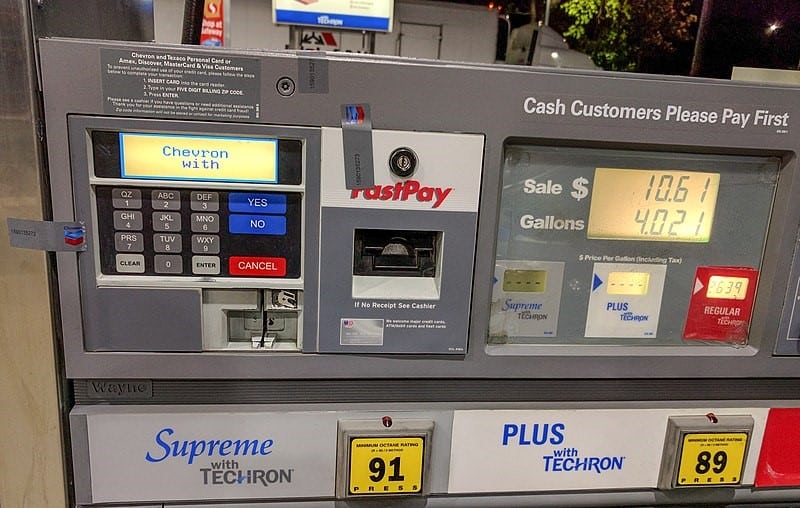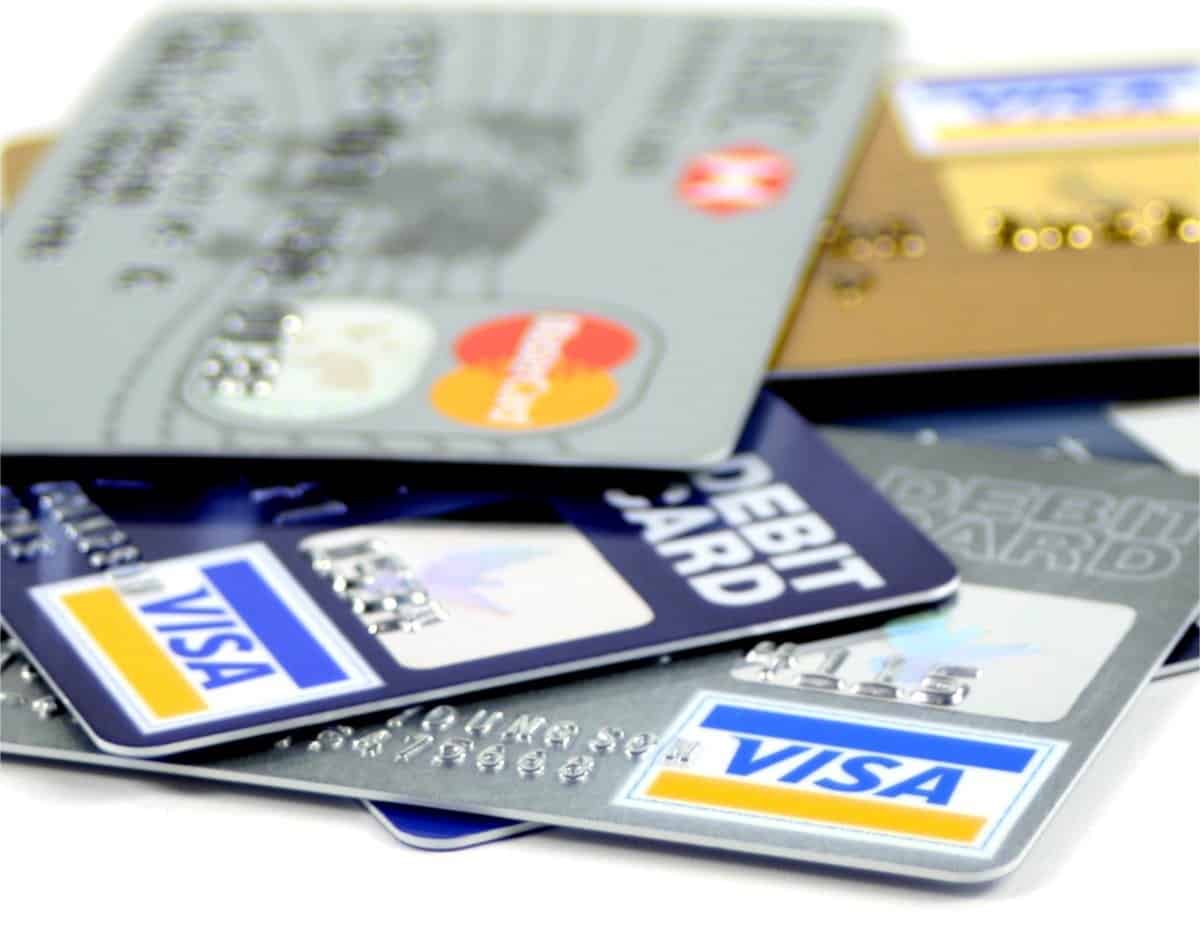In recent years, the number of businesses using fuel cards has increased greatly thanks to their convenience and the potential to save money. However, as with any cashless transactions, it is vital to watch out for card fraud.

Fuel prices have been rising and appear set to continue to increase, so it’s more important than ever to keep costs down and ensure your company is paying the minimum for fuel while avoiding succumbing to fuel card fraud. Here is a look at the main types of fuel card fraud.
Internal Fraud
Fuel Siphoning
Drivers siphon fuel from the tank using an automatic pump. The fuel can be kept for personal use, and the driver fills up and charges again.
Side Fuelling
The driver fills up side containers at the same time as the vehicle tank, and both are charged together as a single transaction.
Additional purchases
The driver adds car washes and additional store purchases to the business fuel card.

Charges from Multiple Pumps
Drivers and cashiers work together and add charges from multiple pumps onto one fuel card.
Private Vehicle Fuelling
Drivers manipulate information so it appears they are filling the company vehicle but are actually refuelling their private vehicle.
Inflated Fuel Card Transactions
The driver fills up with a quantity of fuel but the cashier manually charges extra to fuel card. The overcharge is taken from the till and split.
External Fuel Card Fraud
Fuel Card Clone and Card and PIN Interception by Post
Cards can be intercepted on the way to the customer so the details can be obtained and used fraudulently. Criminals may make copies of a fuel card, which are then used to fill other vehicles.
Preventative measures
Many cards, such as BP fuel cards, have features and facilities to minimise the possibility of fraud, but there are some extra precautions to take.
Frequency of fuelling
It is vital to keep a close eye on the frequency of refuelling. If the card details show a vehicle is stopping to refuel frequently, this may suggest an issue with the vehicle or with the use of the card. Another precaution companies can take is to require a full tank refill and then only allow drivers to refuel once a threshold has been reached.
Actual usage and charged fuel comparison
Comparing the actual usage of the vehicle to the amount charged to the card for refuelling will show major discrepancies if fraud has been committed.
PIN Authentication
PIN authentication, as used on popular cards such as BP fuel cards, provides extra security and protection against fraud.
Assigning one card to a vehicle
Assigning a card to one particular vehicle reduces the possibility of card fraud.
Set limits
Companies may want to consider setting a limit to the amount that can be spent on fuel on the card. It is possible to use prepaid fuel cards or set daily limits on cards.







